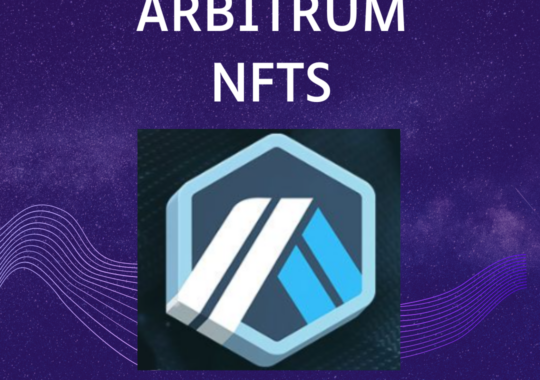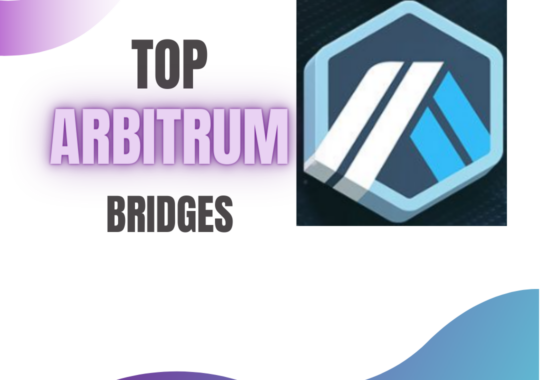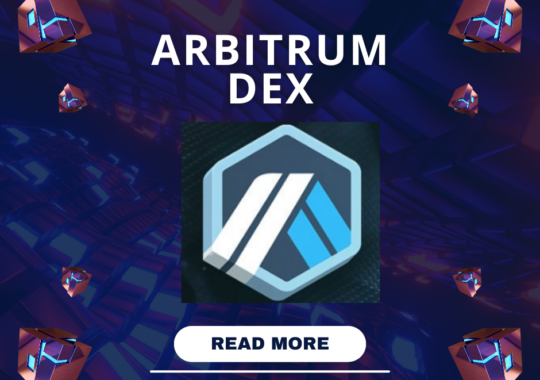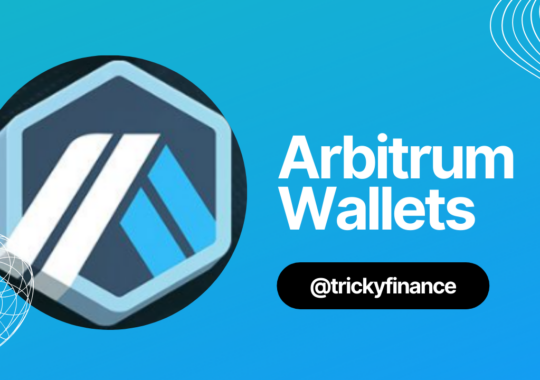Spiderchains, a pioneering concept developed by Botanix Labs, are garnering considerable attention for their potential to transform Bitcoin’s Layer 2 capabilities. In a landscape marked by constant innovation and fierce competition, these novel technologies often emerge to address existing limitations and drive the industry forward. This article provides a comprehensive exploration of Spiderchains, examining their features, motivations, mechanics, and potential impact on the cryptocurrency landscape.

Understanding Spiderchains
Spiderchains offer a groundbreaking approach to establishing two-way pegged sidechains for Bitcoin. Unlike other proposed solutions such as Drivechains, Zero-Knowledge rollups, and Validity rollups, Spiderchains operate without necessitating changes to Bitcoin’s core protocol. This critical distinction eliminates the need for complex and potentially contentious base layer modifications, ensuring compatibility and interoperability with the existing Bitcoin network.
Motivation Behind Spiderchains
The primary impetus behind Spiderchains’ development is the imperative to enhance Bitcoin’s functionality, particularly in the realm of decentralized finance (DeFi) applications. While platforms like Ethereum have thrived as hubs for DeFi innovation, Bitcoin has faced challenges in keeping pace. Spiderchains seek to bridge this gap by introducing full Ethereum Virtual Machine (EVM) equivalence to Bitcoin’s second layer. Leveraging Bitcoin’s robust security infrastructure, Spiderchains enable the seamless integration of Ethereum’s smart contract capabilities and ecosystem, unlocking myriad possibilities for developers and users alike.
Mechanics of Spiderchains
At the heart of Spiderchains lies a sophisticated system of multisig wallets managed by entities known as Orchestrators. These Orchestrators play a pivotal role in facilitating Spiderchains’ operation by depositing BTC collateral into the wallets, enabling peg-in and peg-out requests, and ensuring transaction integrity. Each Orchestrator operates both a Bitcoin node and a Spiderchain node, overseeing the seamless interaction between the two networks. Notably, Spiderchains boast a rapid block generation rate of every 12 seconds, anchoring each new block to the Bitcoin chain for transaction finality and security.
Key Features and Security Model
- Unique features of Spiderchains:
- Compatibility with the Ethereum Virtual Machine (EVM).
- Allows seamless porting of existing Ethereum decentralized applications (DApps) onto the Spiderchain network.
- Expands Bitcoin’s functionality and brings familiarity to developers accustomed to the Ethereum ecosystem.
- Security measures implemented in Spiderchains:
- Novel Proof of Stake (PoS) mechanism.
- Utilizes multisig wallets and escrow bonds.
- Distributes deposits across various wallets controlled by randomly selected subsets of stakers (Orchestrators).
- Minimizes the risk of total fund compromise by malicious entities.
- Prioritizes the use of the most recently deposited UTXOs for withdrawals.
- Safeguards earlier deposits from potential attacks.
Potential Impact and Future Outlook
The introduction of Spiderchains could have far-reaching implications for Bitcoin and the broader cryptocurrency landscape. By enabling a layer that supports full EVM compatibility, Spiderchains unlock new avenues for innovation and adoption within the Bitcoin ecosystem. Developers gain access to a wide range of tools and applications from the Ethereum space, while users benefit from enhanced functionality and a broader array of use cases.
Moreover, Spiderchains have the potential to bolster Bitcoin’s competitiveness in the DeFi space, challenging the dominance of platforms like Ethereum. As the project continues to evolve and mature, it promises to reshape the narrative of blockchain technology, solidifying Bitcoin’s position as a frontrunner in the cryptocurrency landscape.
Conclusion
In conclusion, Spiderchains represent a significant advancement in Bitcoin’s Layer 2 capabilities, offering a pathway to unlock new use cases and applications within the Bitcoin ecosystem. With their unique features, robust security model, and potential for widespread adoption, Spiderchains have the power to revolutionize the way we think about Bitcoin and its role in the evolving cryptocurrency landscape. As the project progresses, it will be fascinating to witness the impact of Spiderchains on Bitcoin’s trajectory and the broader blockchain ecosystem
Princy Agarwal, a postgraduate in English from Delhi University, writes content for Tricky Finance, where they simplify complex financial topics for readers. With a knack for clear communication, Princy’s work helps make finance understandable and accessible to all.




